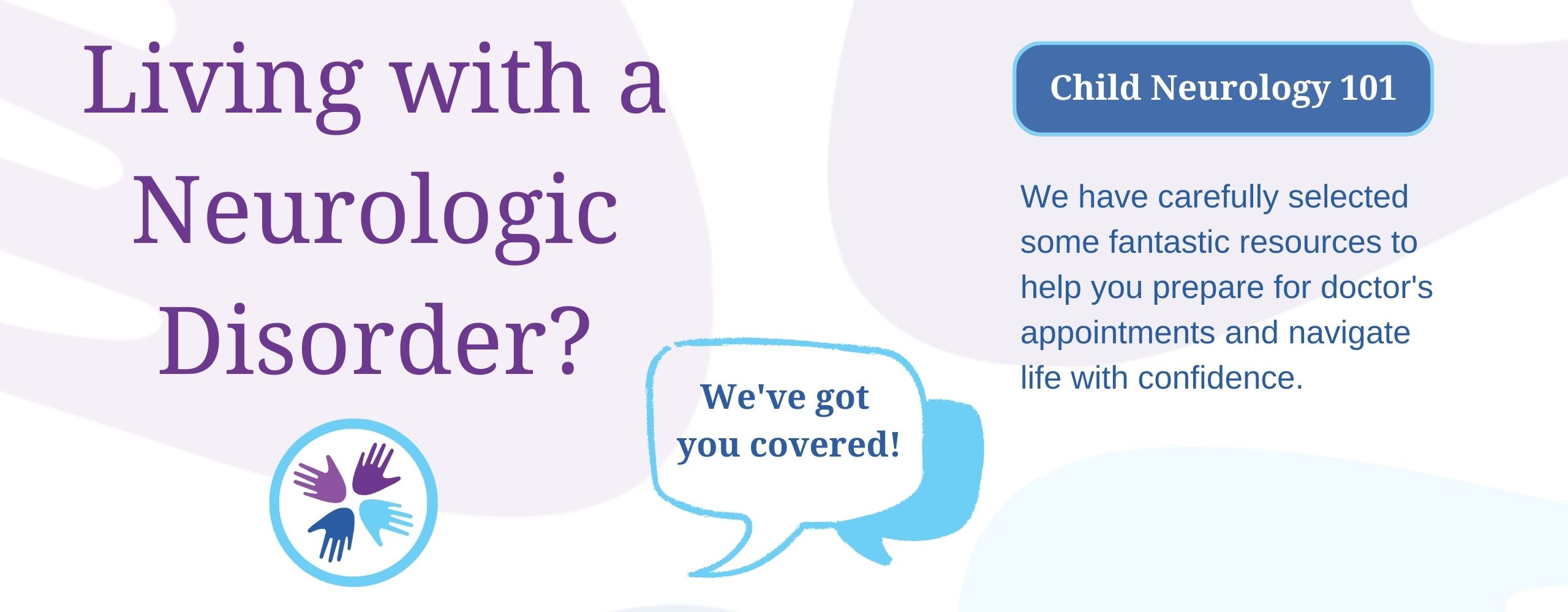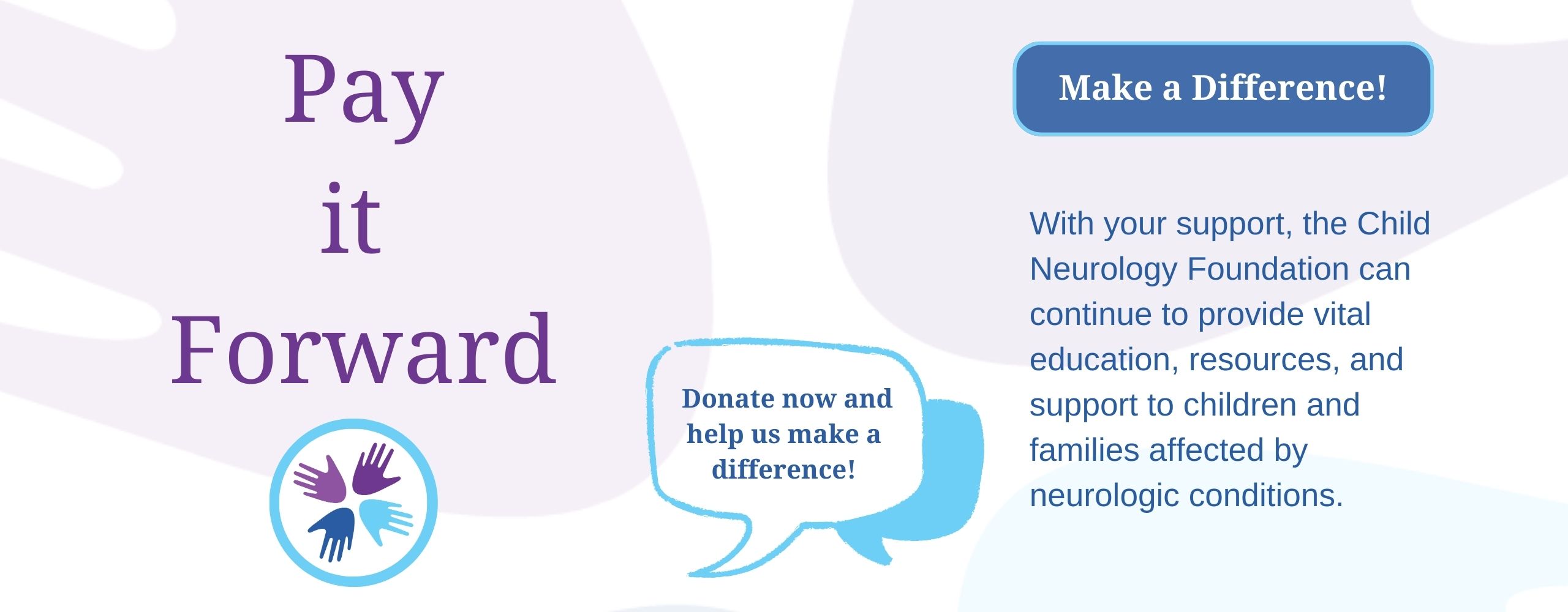
Authors: Dorottya B. Kacsoh, University of Central Florida College of Medicine
Alison L. Christy, MD, PhD, Providence Pediatric Neurology at St. Vincent Medical Center—Portland, Oregon
Ganna Balagura, MD, PhD, Department of Neurosciences, Rehabilitation, Ophthalmology, Genetics, and Maternal and Child Health, University of Genoa—Genoa, Italy
Reviewed: May 2023
SUMMARY
STXBP1-related disorders are a group of rare genetic disorders. They are caused by a variation in the STXBP1 gene.
The variation changes the way signals are sent in the brain. Brain cells send fewer signals. This causes:
- Developmental delay
- Epileptic encephalopathy
Epileptic encephalopathy is a progressive decline in brain function due to frequent seizures.
JUMP TO
Disorder Overview
DESCRIPTION
STXBP1-related disorders present between birth and adolescence. Most children begin to develop signs around six weeks of age.
STXBP1-related disorders present with:
- Seizures
- Developmental delay
SIGNS AND SYMPTOMS
Seizures are part of STXBP1-related disorders. Most children will have more than one seizure type.
The types of seizures may include the following:
Infantile Spasms
Infantile spasms occur in babies before their first birthday. The spasm is a brief seizure. The arms and legs stiffen. Infantile spasms often occur in clusters. They should be reported to a doctor right away.
Generalized tonic-clonic seizures
Generalized tonic-clonic seizures are convulsive seizures. The individual stiffens and jerks.
Tonic Seizures
Tonic seizures present only with stiffening.
Atonic Seizures
Atonic seizures are characterized by a loss of muscle tone.
Clonic Seizures
Clonic seizures present only with jerking or twitching movements.
Myoclonic Seizures
Myoclonic seizures present with shorter jerking movements. This type of seizure usually involves the arms. It may also affect other parts of the body.
Absence seizures
Absence seizures are brief “staring spells.” They last about five to ten seconds. Children have altered consciousness during the spell. They resume normal activity after.
Focal Seizures
Focal seizures affect one part of the brain. They may cause unusual sensations or jerking or twitching of one part of the body. Or they may generalize (spread) to affect the entire body.
Developmental delay is present in all children with STXBP1-related disorders. Affected children have intellectual disability. This can range from moderate to profound. Many children with STXBP1-related disorders will also be diagnosed with autism spectrum disorder.
Children with STXBP1-related disorders may also have:
- Hypotonia. Muscle tone is low. Muscles are floppy.
- Spasticity. There is increased muscle tone. Muscles are tight.
Movement disorders may be present in some children with variations in the STXBP1 gene. Atypical movements may be present shortly after birth or they may develop as children age. These movements may resemble Parkinson’s disease.
CAUSES
STXBP1-related disorders are caused by a variation in the STXBP1 gene. This gene codes for a particular protein that is expressed throughout the brain. This protein is necessary for the release of signals from brain cells.
Two normal copies of the STXBP1 gene are needed for normal function. Even if only one of the two copies of the gene is different, children will have symptoms.
LABORATORY INVESTIGATIONS
STXBP1-related disorders can be diagnosed with the following:
- Genetic testing. Genetic testing will show a mutation in STXBP1.
- Electroencephalogram (EEG). An EEG is a test that measures the electrical activity of the brain. Electrodes are placed on the scalp. The EEG will be abnormal to varying degrees in all affected individuals.
- MRI. MRI may reveal structural differences in some affected individuals.
TREATMENT AND THERAPIES
Most children are treated with antiseizure medications. The choice of medication depends on the specific disorder. Many individuals will have to take more than one medication. Many will have seizures that do not respond to treatment.
These types of therapy can help manage symptoms:
- Physical therapy
- Occupational therapy
- Speech therapy
A psychologist may be useful in managing behavioral symptoms.
Genetic counseling can help families better understand the disorder.
OUTLOOK
Most children will be dependent on caregivers for the rest of their lives. Most will continue to have uncontrolled epilepsy. They may or may not achieve the ability to walk. Most will not achieve the ability to speak. As children age, they may develop movement disorders or a tremor.
Most adults have:
- Intellectual disability
- Behavioral problems
RELATED DISORDERS
The following disorders may be caused by a mutation in STXBP1:
- West syndrome
- Lennox-Gastaut syndrome
- Ohtahara syndrome
- Dravet syndrome (not SCN1A-related type)
- Rett syndrome (phenotype)
- Early myoclonic epileptic encephalopathy
Resources
The mission of STXBP1 Foundation is to create awareness in the disorders associated with STXBP1 mutations and to fund and drive research to accelerate discovery of a cure. STXBP1 Foundation provides families with tools to help them understand the disease and ways to get involved in the STXBP1 community. Parents of newly diagnosed patients are provided with a checklist and can stay up-to-date on the latest news. The STXBP1 STRONG—Parent Support Group on Facebook is a private group for parents, legal guardians, and foster parents of a person with STXBP1.
Family Stories
Meet some of the special STX’ers and their families on the STX Strong page of STXBP1 Foundation website. Families can ask to submit their child’s story on the STX Strong Spotlight Inclusion Form.
Child Neurology Foundation (CNF) solicits resources from the community to be included on this webpage through an application process. CNF reserves the right to remove entities at any time if information is deemed inappropriate or inconsistent with the mission, vision, and values of CNF.
Research
These are clinical trials that are recruiting or will be recruiting. Updates are made daily, so you are encouraged to check back frequently.
ClinicalTrials.gov is a database of privately and publicly funded clinical studies conducted around the world. This is a resource provided by the U.S. National Library of Medicine (NLM), which is an institute within the National Institutes of Health (NIH). Listing a study does not mean it has been evaluated by the U.S. Federal Government. Please read the NLM disclaimer for details.
Before participating in a study, you are encouraged to talk to your health care provider and learn about the risks and potential benefits.
For more information about participation in clinical trials, check out our education hub on the topic here.
Information for research and clinical trials specific to STXBP1 can be found on the STXBP1 Foundation website.
References
Stamberger H, Crosiers D, Balagura G, Bonardi CM, Basu A, Cantalupo G, Chiesa V, Christensen J, Dalla Bernardina B, Ellis CA, Furia F, Gardiner F, Giron C, Guerrini R, Klein KM, Korff C, Krijtova H, Leffler M, Lerche H, Lesca G, Lewis-Smith D, Marini C, Marjanovic D, Mazzola L, McKeown Ruggiero S, Mochel F, Ramond F, Reif PS, Richard-Mornas A, Rosenow F, Schropp C, Thomas RH, Vignoli A, Weber Y, Palmer E, Helbig I, Scheffer IE, Striano P, Møller RS, Gardella E, Weckhuysen S. Natural History Study of STXBP1-Developmental and Epileptic Encephalopathy Into Adulthood. Neurology. 2022 Jul 19;99(3):e221-e233. https://doi.org/10.1212/WNL.0000000000200715. Epub 2022 Jun 3. Erratum in: Neurology. 2023 Jan 24;: PMID: 35851549; PMCID: PMC9302932.
Milh M, Villeneuve N, Chouchane M, Kaminska A, Laroche C, Barthez MA, Gitiaux C, Bartoli C, Borges-Correia A, Cacciagli P, Mignon-Ravix C, Cuberos H, Chabrol B, Villard L. Epileptic and nonepileptic features in patients with early onset epileptic encephalopathy and STXBP1 mutations. Epilepsia. 2011 Oct;52(10):1828-34. https://doi.org/10.1111/j.1528-1167.2011.03181.x. Epub 2011 Jul 19. PMID: 21770924.
Keogh MJ, Daud D, Pyle A, Duff J, Griffin H, He L, Alston CL, Steele H, Taggart S, Basu AP, Taylor RW, Horvath R, Ramesh V, Chinnery PF. A novel de novo STXBP1 mutation is associated with mitochondrial complex I deficiency and late-onset juvenile-onset parkinsonism. Neurogenetics. 2015 Jan;16(1):65-7. https://doi.org/10.1007/s10048-014-0431-z. Epub 2014 Nov 25. PMID: 25418441; PMCID: PMC6600868.
Xian J, Parthasarathy S, Ruggiero SM, Balagura G, Fitch E, Helbig K, Gan J, Ganesan S, Kaufman MC, Ellis CA, Lewis-Smith D, Galer P, Cunningham K, O’Brien M, Cosico M, Baker K, Darling A, Veiga de Goes F, El Achkar CM, Doering JH, Furia F, García-Cazorla Á, Gardella E, Geertjens L, Klein C, Kolesnik-Taylor A, Lammertse H, Lee J, Mackie A, Misra-Isrie M, Olson H, Sexton E, Sheidley B, Smith L, Sotero L, Stamberger H, Syrbe S, Thalwitzer KM, van Berkel A, van Haelst M, Yuskaitis C, Weckhuysen S, Prosser B, Son Rigby C, Demarest S, Pierce S, Zhang Y, Møller RS, Bruining H, Poduri A, Zara F, Verhage M, Striano P, Helbig I. Assessing the landscape of STXBP1-related disorders in 534 individuals. Brain. 2022 Jun 3;145(5):1668-1683. https://doi.org/10.1093/brain/awab327. PMID: 35190816; PMCID: PMC9166568.
The information in the CNF Child Neurology Disorder Directory is not intended to provide diagnosis, treatment, or medical advice and should not be considered a substitute for advice from a healthcare professional. Content provided is for informational purposes only. CNF is not responsible for actions taken based on the information included on this webpage. Please consult with a physician or other healthcare professional regarding any medical or health related diagnosis or treatment options.



